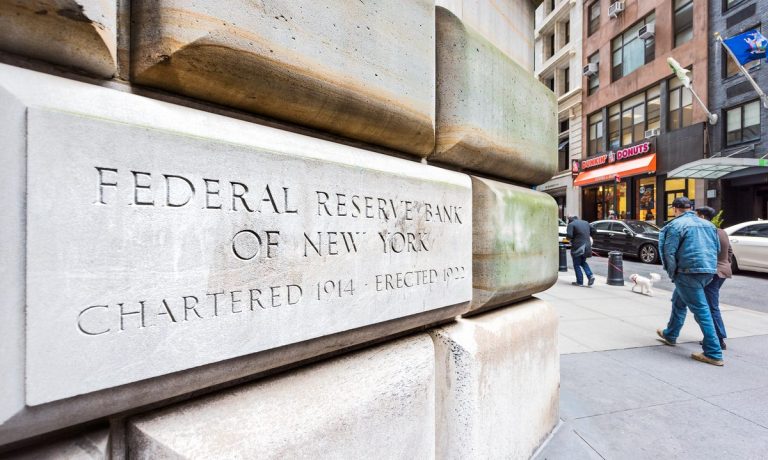
In the United States, we’re wielding the plastic — or the digital versions of it, at least — more than we have in quite some time.
And although the propensity to spend hasn’t yet hit pre-pandemic levels, there are at least some indications that it bears monitoring — especially given that the nation’s financial health picture implies that a large portion of the population is living paycheck to paycheck.
Data released by the Federal Reserve Bank of New York Tuesday (Nov. 9) show that U.S. credit card debt increased by $17 billion in the most recent quarter, the second straight quarterly increase. In other words, we are bringing more debt on the household balance sheets. By contrast, U.S. borrowers had been paying down their cards over the previous two quarters.
Past the $15T Mark
Total household debt has topped $15 trillion, having increased by $286 billion, or 1.9%, in the most recent quarter. Among the most visible and significant line items, mortgage balances — the largest component of household debt as detailed by the Fed — rose by $230 billion to reach $10.7 trillion at the end of September.
See also: New Credit Pushes American Household Debt Beyond $15T
As for credit card debt, we’re still $123 billion lower than had been seen at the end of 2019. Auto loan balances increased by $28 billion.
“In total, non-housing balances grew by $61 billion, with gains across all debt types,” the New York Fed noted.
Take it all together, and it’s becoming clearer that our monthly obligations are becoming a bit more onerous. It may be the case that the pandemic has kept delinquency rates low. The Fed noted that 2.7% of all outstanding debt was in some stage of delinquency, 2 percentage points lower than just before the pandemic.
PYMNTS’ November 2021 Reality Check: The Paycheck-to-Paycheck Report, produced in collaboration with LendingClub and based on a September survey of over 2,210 U.S. adults, noted that “the share of consumers living paycheck to paycheck dropped from a high of 65% in December 2020 to a low of 52% in April 2021 before beginning to climb again. It stands at 57% as of September 2021, reflecting a marked rise in recent months in the number of consumers living with little or no financial safety net.”
Read more: Uptick in Paycheck-to-Paycheck Living Pegged Mostly to Financial Fears
PYMNTS found that about a third of respondents said they will make more trips to retail shops, grocery stores and restaurants. Slightly higher shares of paycheck-to-paycheck consumers plan to shop more often at physical retail (33%) and grocery stores (34%) than those who do not live paycheck to paycheck, but the opposite is true for dine-in restaurants.
Additionally, PYMNTS found that many paycheck-to-paycheck consumers “will accelerate their online shopping when the pandemic is over.” And since so much of consumers’ income goes to covering monthly expenses, this implies they may be turning to credit cards as they ramp up purchasing. This, in turn, makes it harder to grapple with the ballooning monthly payments that come due, perpetuating the paycheck-to-paycheck cycle.